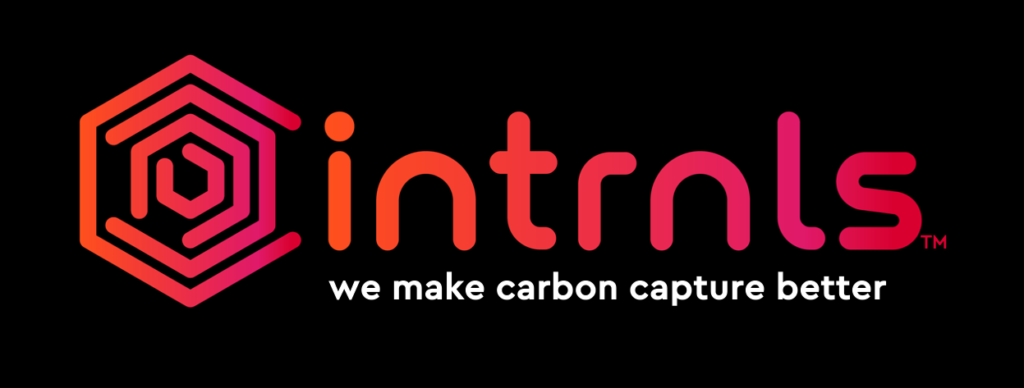Matthew Pearlson and Dr. David Walker co-founded an advanced manufacturing business, PrintFoam, in Wisconsin to make carbon capture more efficient and cost-effective.
THE BUSINESS
It all began with a simple thought: “What if we used advanced manufacturing and next generation design tools for carbon capture applications?” The results were radical improvements in efficiency and operating costs, and the PrintFoam team is just getting started.
While at the Massachusetts Institute of Technology (MIT), Matthew applied for and received a first round National Science Foundation Small Business Innovation Research (NSF SBIR) grant to find initial data on novel foamed materials. During the COVID pandemic, he moved to Wisconsin to be near his in-laws, and opened a small lab space in Wales, WI. “I’ve done startups all over the country, from the Bay Area to Boston, and I can’t think of a better place than Wisconsin or a better team than the Center for Technology Commercialization (CTC) to help launch early-stage ventures,” he said. “My lab space here was certainly less expensive than the $3000 co-working desk space I could be renting in Boston. Plus, the talent in Wisconsin and quality of life in Wisconsin are second to none.”
PrintFoam has patented hardware and materials solutions that enable the high-throughput manufacturing of large complex objects. Matthew explained how carbon capture works and why it is such an important market. “Carbon dioxide can be captured directly from the atmosphere or captured at the point of generation, typically an industrial process like power generation. The scale of these processes is enormous, so you need quality filters that can be made quickly and inexpensively. Our technology produces filters with higher surface areas and improved aerodynamics to allow for more efficient and lower cost operations. Carbon dioxide is able to enter our filters more quickly and more efficiently because we use the same techniques as Formula 1 teams and aerospace companies to make better products,” Matthew said.
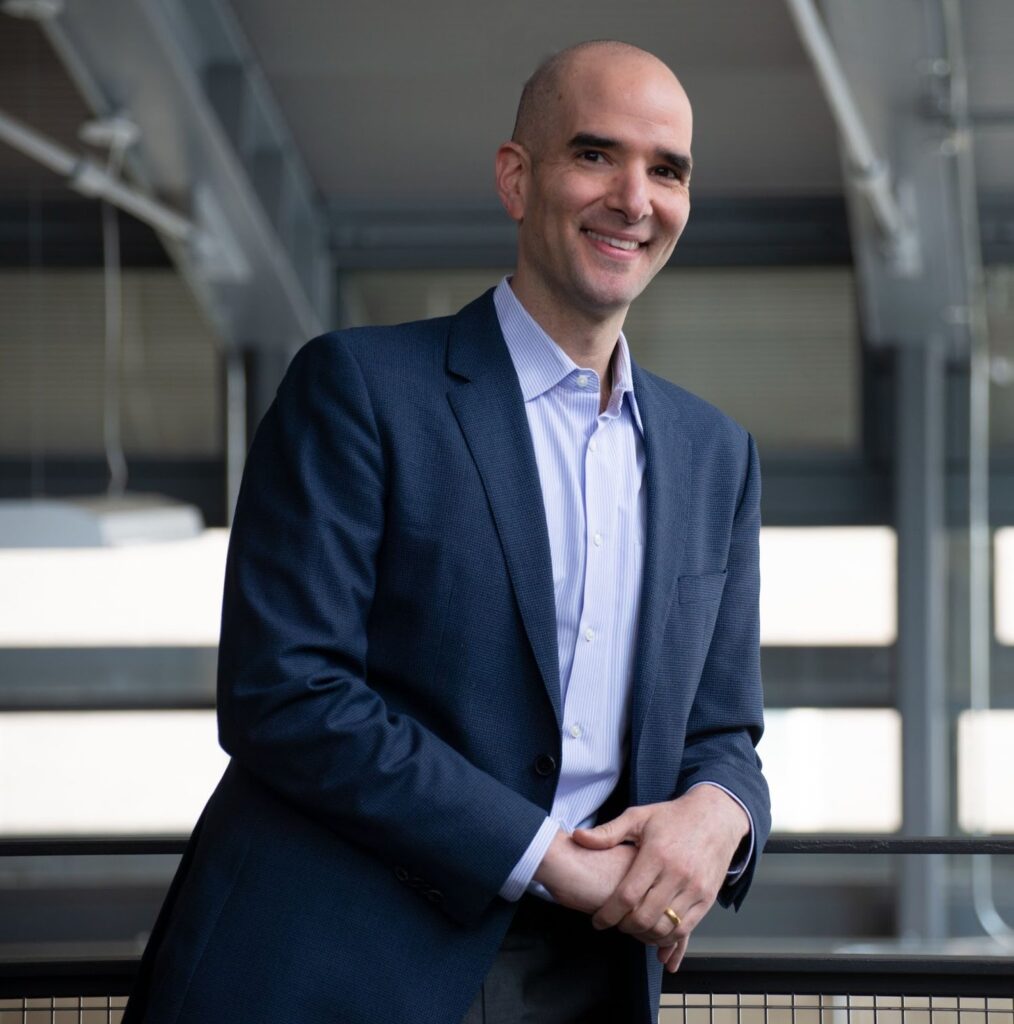
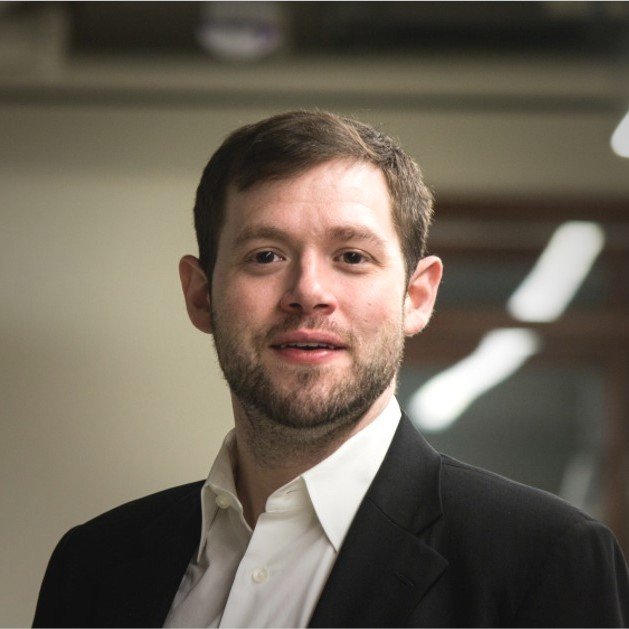
“To help explain what we do, I often need to clarify that we are not competitors with other 3-D printing companies. We are an industrial infrastructure company. 3-D printing companies talk about bottles of material; we talk about rail car and truck loads,” Matthew continued. “We want to focus on things that really matter, like reducing electricity and fuel consumption at some of the largest industrial operations in the world.”
THE RESOURCES
Matthew was ready to apply for a second round SBIR grant with the help of the CTC. “CTC was phenomenal! They helped me participate in state programs, helped us obtain start-up funding and shared ideas to help us find talent. The CTC process helped us obtain the $75,000 SBIR Advance grant which gave us resources to do customer discovery research in a post-COVID world. The CTC team gave us valuable feedback when we presented our findings. They helped us push back on our assumptions, pointed out our blind spots and got us to success. We wouldn’t be where we are today without CTC.”
“I feel so lucky we got to work with Todd Strother on the CTC team. He is a consummate professional, who provides great advice and connections and he is so responsive,” Matthew said. “I wish everyone I worked with was like Todd and the rest of the team at CTC.”
PrintFoam is funded by grants and customer finance, so they are very lean. The team consists of Matthew and David, part-time contractors and seasonal interns. “The intern connections we found, especially through Wisconsin and other Midwest schools, really helped drive PrintFoam. The interns received real-world experience working on real projects with us. They got a multi-disciplinary view of how a startup can create new materials, new hardware and new software. From pulling out the oscilloscope to checking in code changes to GitHub, the interns were essential,” Matthew said.
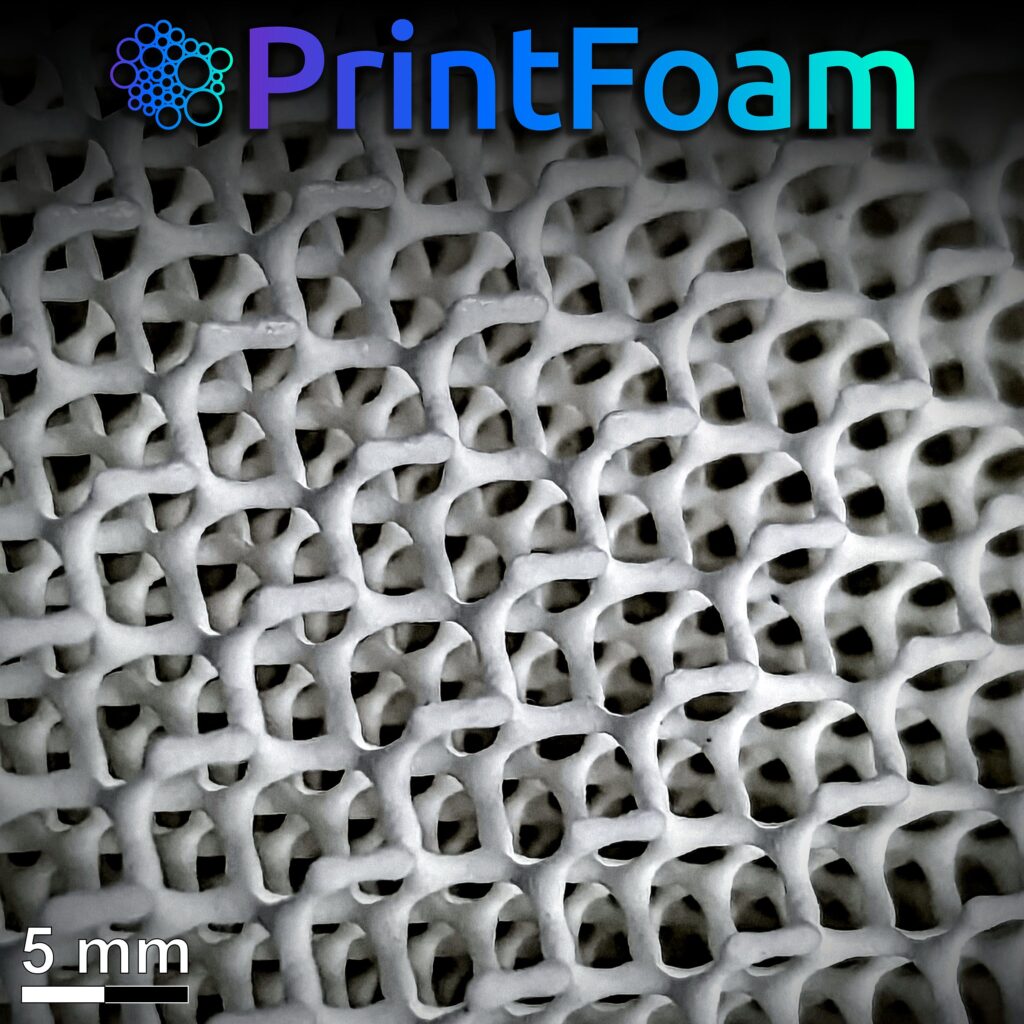
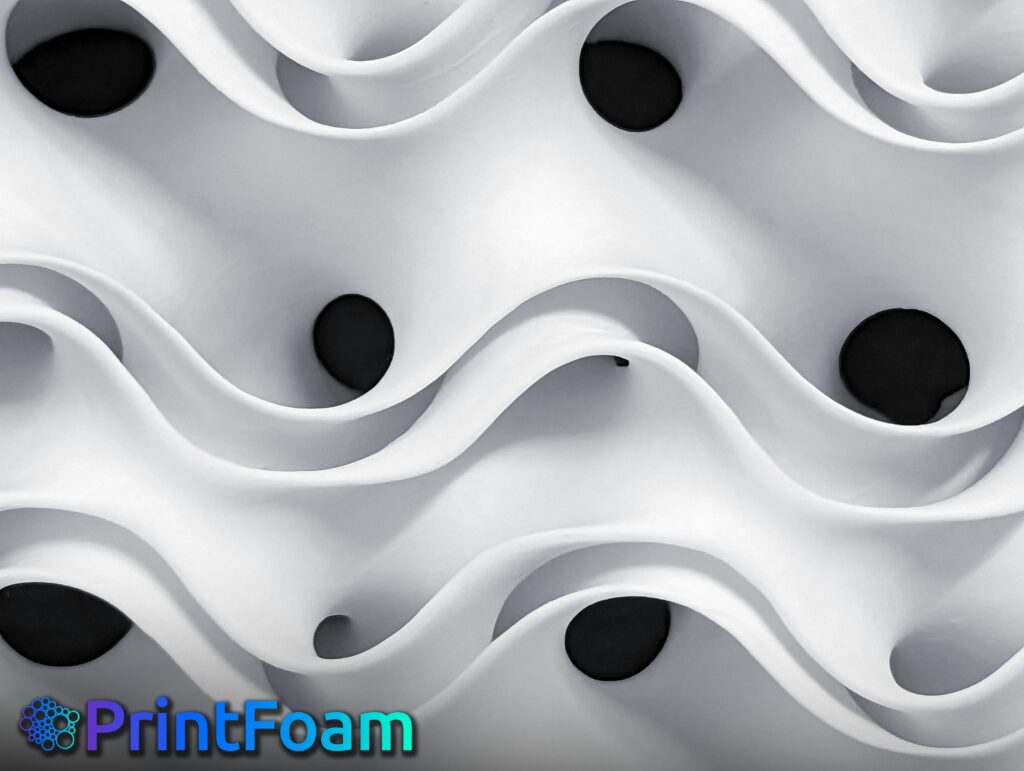
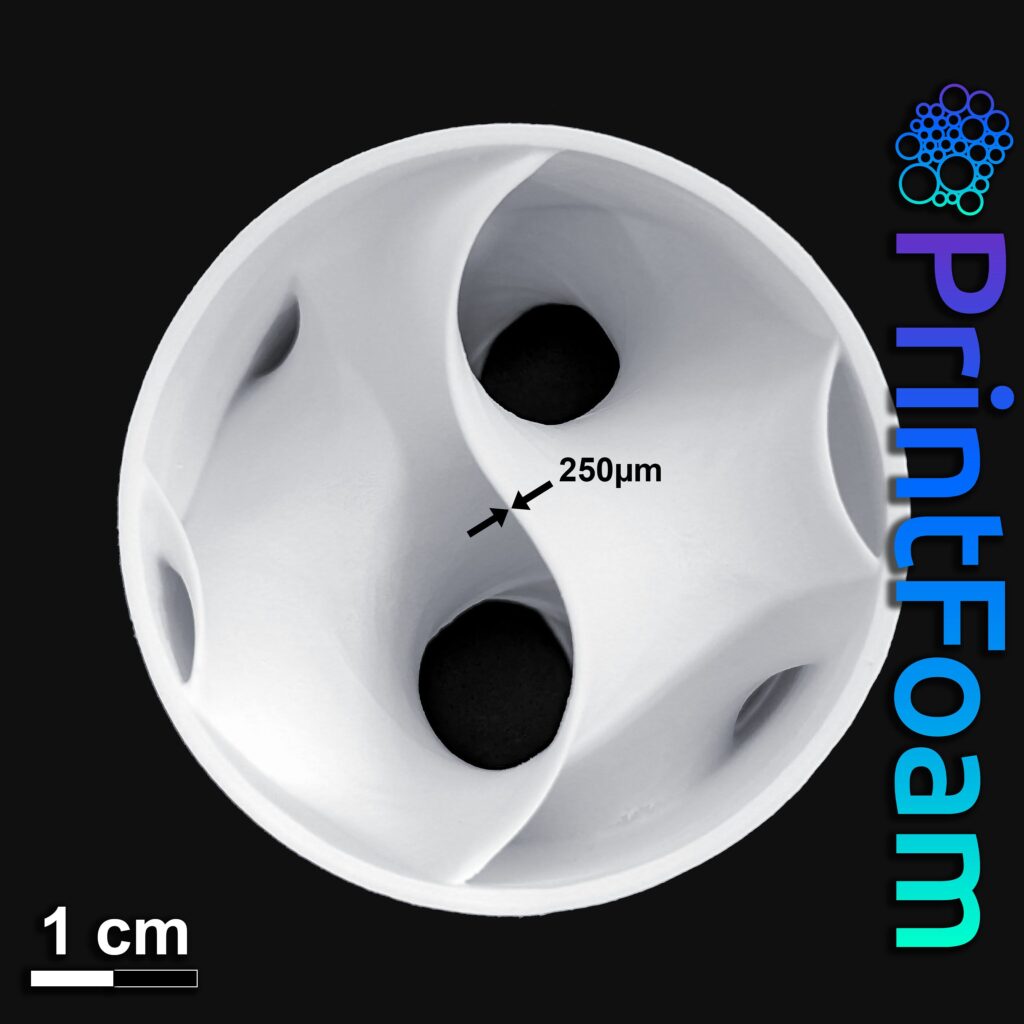
THE GROWTH
Prior to COVID, PrintFoam was working with a Wisconsin-based company on next generation sound absorbers for commercial spaces. But when the company went bankrupt during the pandemic, PrintFoam pivoted to working with customers in industrial infrastructure. “We took the lessons we learned from our prior R&D activities, namely how can you produce a plywood sized sheet of architected materials, and pivoted to the carbon capture industry,” Matthew said.
Wisconsin resources like Wisconsin Manufacturers Extension Partnership (WMEP), Wisconsin Economic Development Corporation (WEDC), Wisconsin Tech Council and the rich southeast Wisconsin manufacturing industry helped lead PrintFoam to success. “We love bringing impacts back to the Midwest. We are keeping capital in the Midwest and establishing next generation advancing manufacturing in Wisconsin,” Matthew said.
Todd Strother said, “We at the CTC are very happy to work with PrintFoam and be a part of their success. We look forward to watching them grow and become an important part of the Wisconsin economy.”
Future goals for PrintFoam include raising equity funds in the state to build out capabilities, expand the team and manufacture larger format equipment to meet the increasing demand from customers. “I feel incredibly lucky and grateful to work on projects with the potential to change the world. My software and hardware experience has led me to develop projects that really matter. The Wisconsin ecosystem of entrepreneurs is incredible and talented. We can easily compete with big cities nationwide. I love it here! I would recommend to other entrepreneurs to take advantage of the phenomenal resources here, and startup in Wisconsin” Matthew said.
